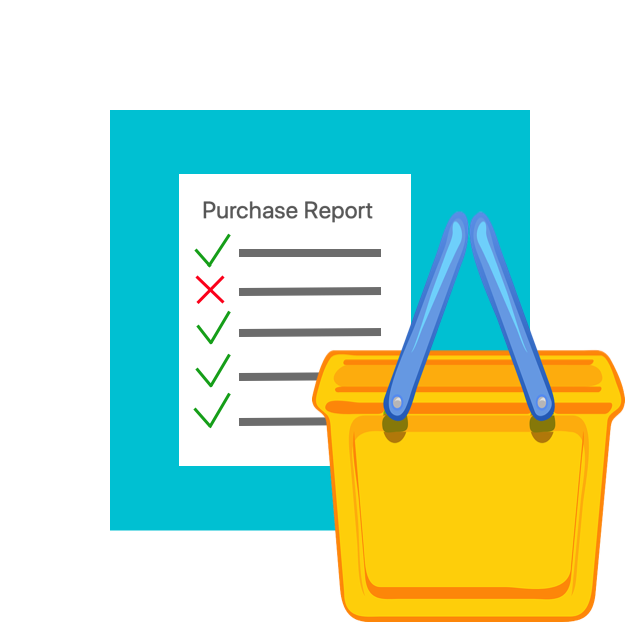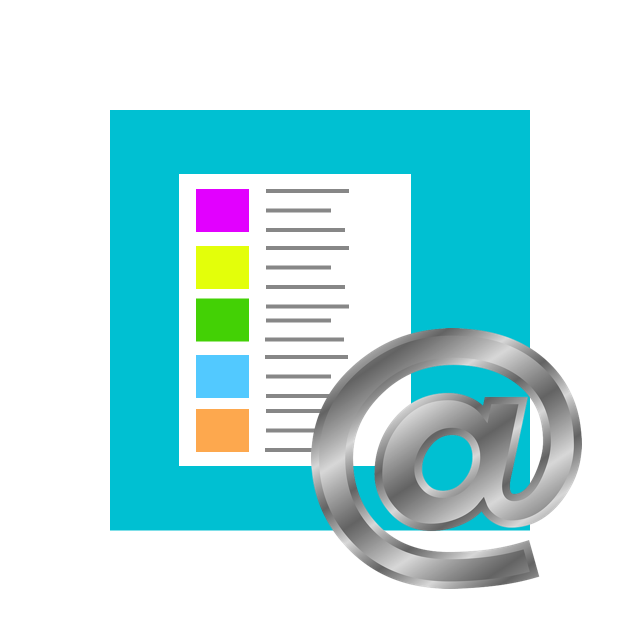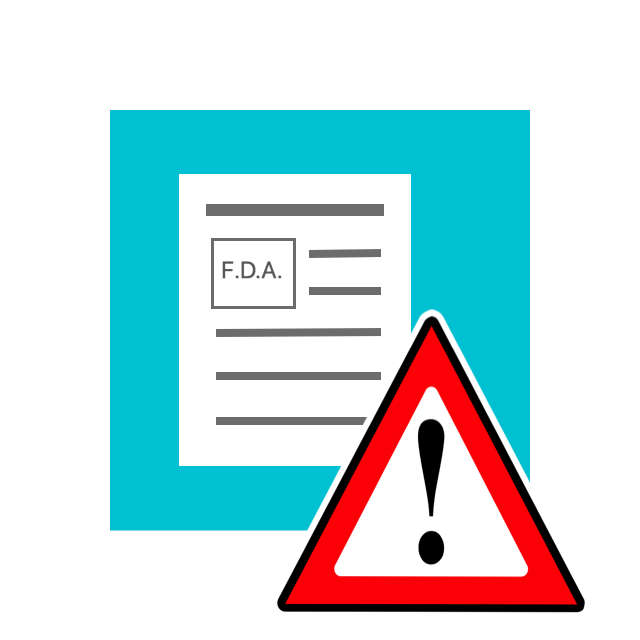The Pediatric Asthma Yardstick, a new guideline from the American College of Allergy, Asthma and Immunology (ACAAI), offers a user-friendly 'operational document'. It helps health care professionals understand which controller treatments are right for which age groups and identifies when a step up is needed.
READ ARTICLE HIDE ARTICLE
Although about 10 percent of school-aged children in the United States have asthma, there are few comprehensive U.S. guidelines for treating pediatric asthma. The Pediatric Asthma Yardstick, a new guideline from the American College of Allergy, Asthma and Immunology (ACAAI), offers a user-friendly "operational document." It helps health care professionals understand which controller treatments are right for which age groups and identifies when a step up is needed.
"There is nothing like the Pediatric Asthma Yardstick in the current literature," says allergist Bradley Chipps, MD, ACAAI president and lead author of the paper. "We created the yardstick because there are many options for treating pediatric asthma. It's a roadmap for how to move forward with kids whose asthma is not under control. The yardstick describes controller treatments at different levels of severity for all ages, the choices available for parents for their child and how to step up therapy."
The diagnosis and management of asthma in children differs from that in adults. Differences also exist between the three age groups addressed in the yardstick -- adolescents, 12-18 years old; school-age children, 6-11 years old; infants and young children, 5 years old and under.
"Differences in diagnosis and management of asthma in children reflect differences in development of their respiratory systems, particularly for younger children," says Leonard Bacharier, MD, co-author of the yardstick. "Other factors include challenges related to daily activities and emotional and social concerns, particularly for adolescents. Comorbid conditions and non-adherence with treatment (eg; due to the stigma of having a chronic condition and taking medicine) can affect outcomes for older children."
Although asthma often begins in early childhood, diagnosing asthma in the very young child is challenging because it is based largely on symptoms and is not easily confirmed by objective testing, such as lung function. Additionally, symptoms, notably wheezing and coughing, often are related to, or occur with, common viral infections. Pediatric data for medicines are limited and robust clinical studies attesting to efficacy and safety of asthma medications are few.
"The Pediatric Asthma Yardstick is a practical resource for identifying children with uncontrolled asthma who need a step-up in controller medicine," says Dr Chipps. "It describes how to start and/or adjust controller therapy based on the options that are currently available for children, from infants to 18 years of age. The recommendations are presented around patient profiles, by severity and age, and are based on current best practice strategies according to the most recent data and the authors' clinical experience."
The Pediatric Asthma Yardstick was published in Annals of Allergy, Asthma and Immunology, the scientific journal of ACAAI, in June.
Learn More from American College of Allergy, Asthma, and Immunology





